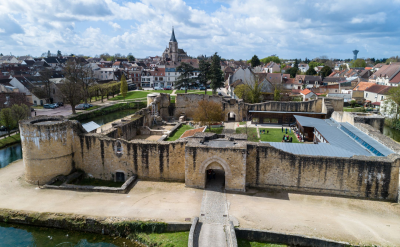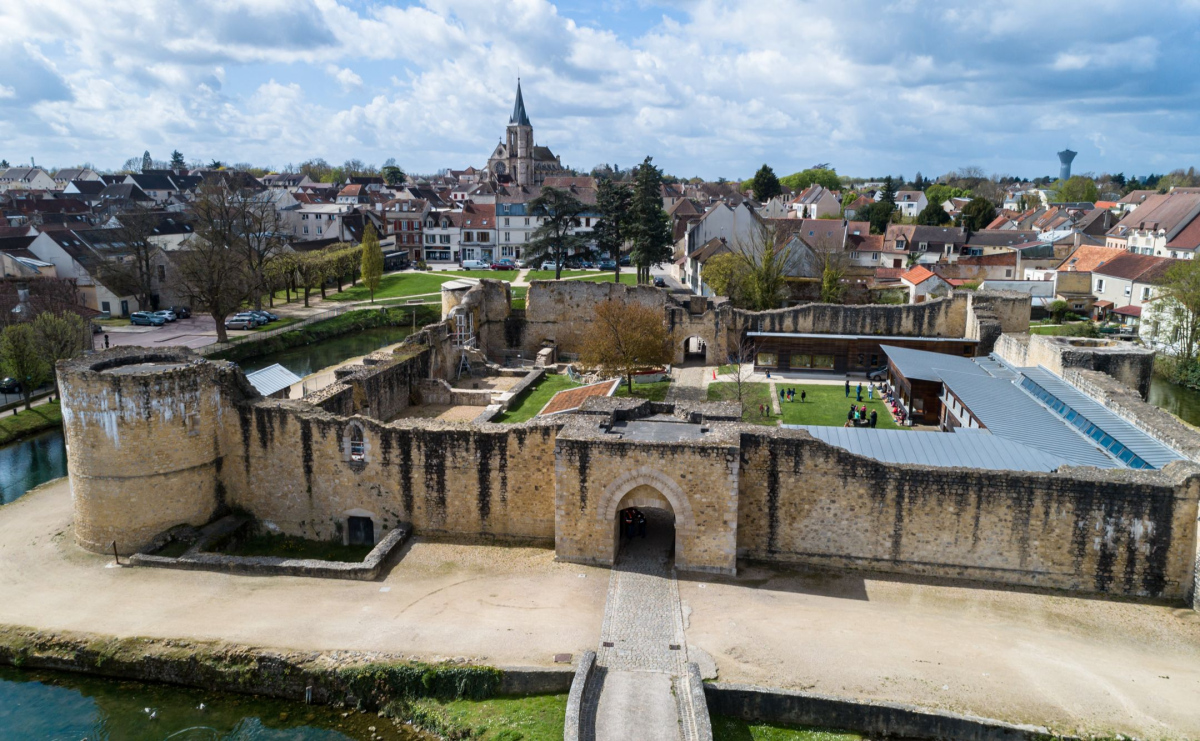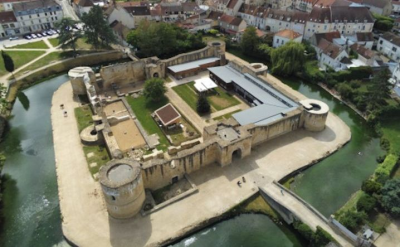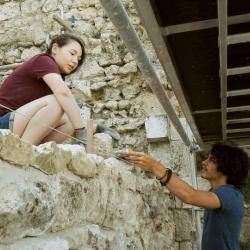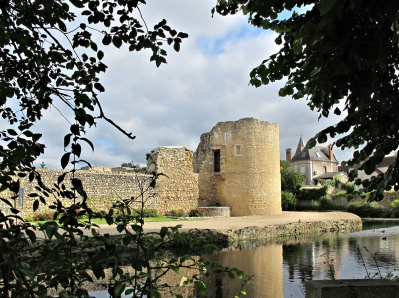The Château de Brie-Comte-Robert, listed as a Monument Historique since 1925, was built by Robert 1er de Dreux, brother of King Louis VII le Gros, after his return from the Crusades in the second half of the 12th century. Situated in the heart of the town and isolated by a moat, it is the subject of a program of historical and archaeological study, as well as a progressive restoration program.
The aim of the association " Les Amis du Vieux Château de Brie-Comte-Robert " is to promote cultural and educational activities based on archaeological and historical knowledge, in order to safeguard, rehabilitate and promote the heritage of Brie-Comte-Robert and the surrounding area.
Through archaeological digs, archive research and progressive restoration of the château, volunteers have been actively involved in enhancing the monument since 1982.
For 30 years, an exhaustive excavation of theVieux Château site, organized by the association, has brought to light the site's buried structures, yielding tens of thousands of objects that are still the subject of study and synthesis. At the same time, the team of volunteers studies all ancient documents relating to the town of Brie-Comte-Robert and the history of its castle, systematically returning to archival sources.Training courses are organized in the practice of paleography.
The archaeology of buildings has led to the development of methods for surveying and photo processing, which the association wishes to share by organizing training courses in digital imaging, combining field observations and computer tools. These techniques are applied to the study of lapidary using photogrammetry and 3D modelling.
At the same time as uncovering the structures, in particular the seigniorial dwelling, the association drew up a program to restore and enhance the site, in conjunction with the chief architect of the Monuments Historiques and the commune.
This restoration, which was initiated by the association, continues year after year, with international courses and workcampsin traditional masonry and stonemasonry, in order to restore the château to the clarity it deserves.
Today, the seigniorial dwelling is the subject of regular restoration campaigns to protect its remains and make the entire site accessible and comprehensible to the public.
Alongside these restoration activities, the association has created a Heritage Interpretation Center and an archaeological research base. These two contemporary buildings, harmoniously integrated within the enclosure, are entirely managed by the association, and volunteers have free access to them 24 hours a day. A living area and a dormitory provide a friendly, cultural welcome.
The association has a regular activity schedule throughout the year to carry out all these projects, andweekend work camps mobilize the association's members.
The association's educational activities have been ongoing since 1985. The discovery of the site and the numerous workshops offered to teachers and educators make the château a major educational venue in Seine-et-Marne. The association also caters for families, offering activities for individuals. In addition to the association's salaried staff, volunteers regularly take part in these mediation activities.
All archaeological research and restoration work is subsidized by the commune of Brie, the département of Seine-et-Marne, the Île-de-France region, the Direction Régionale des Affaires Culturelles and the Direction Régionale de la Jeunesse et des Sports.
Patrons of the arts are helping to bring this vast project to fruition, with their technical or financial support.
